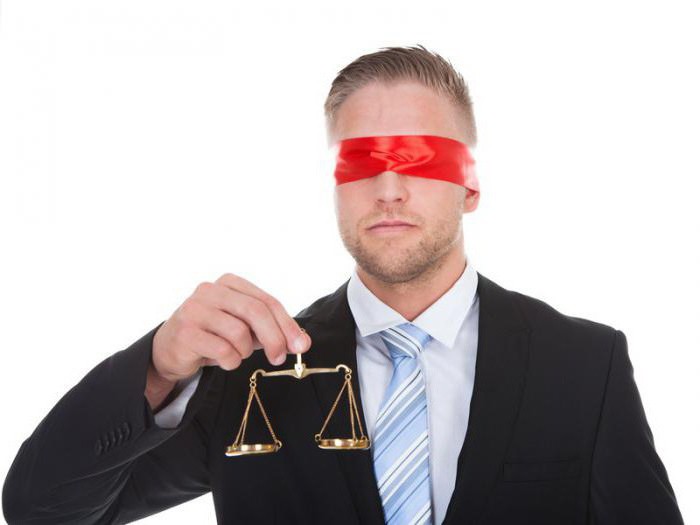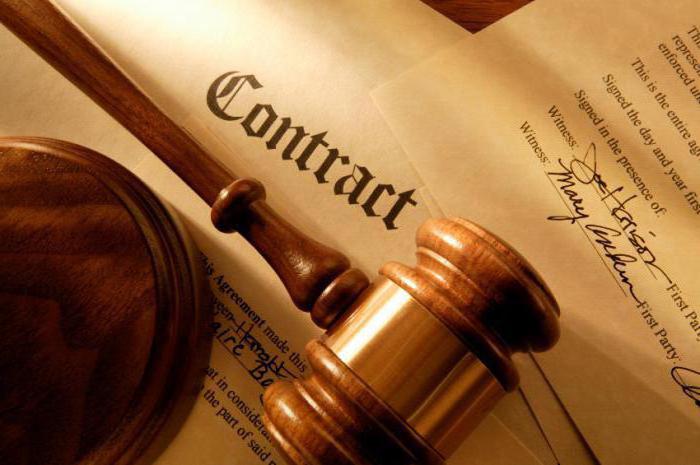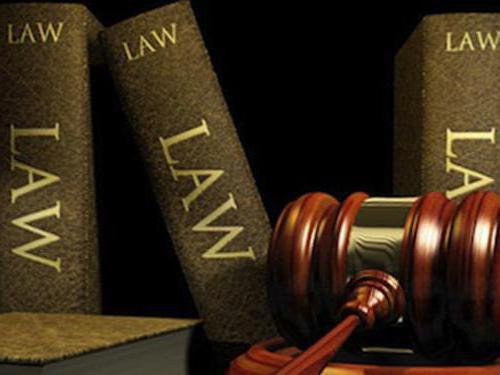Civil law - what is it? People often come across them, but what are they from the point of view of the law, what are their features?
Legislative regulation
The basic regulatory document is the Civil Code. Separate laws or regulations have been issued that clarify and supplement the provisions of the code. For example, the Law on the Protection of Consumer Rights, regulations governing liability for harm to the supplier of energy, heat or water.

However, there is one important nuance that affects the regulation of violations and liability for them - an agreement or contract. The meaning of the rules established by them is not less than the meaning of those prescribed by regulatory enactments.
The parties to the agreement themselves are entitled to determine mutual obligations and liability for their non-fulfillment, as well as what is considered a violation.
The content of the contract often differs from the requirements of the law, but the law protects them if they do not conflict with it. Thus, the conditions of civil liability can be established by the parties without the participation of the state. In practice, this leads to the fact that for similar violations provide for different measures and the extent of responsibility.
Terminology Issues
In the Civil Code there are no concepts of "civil liability" and "civil law violations". Why is that?

Detailed regulation in this area would likely be harmful. After all, it is impossible to foresee the whole diversity of life in one law. All attempts to link the signs of violation into one term are theoretical in nature and lead to the only conclusion: it is impossible to describe in one phrase everything that would be suitable for a violation in civil law.
Specialists call violations in the field of civil law also civil misconduct or tort.
Definition of violation
A law or a transaction presupposes standards of conduct prescribed by law or by agreement between the parties. Going beyond the norms of behavior means their automatic violation.

Civil law violation is a violation of civil law or an agreement that entails liability.
Violations in civil law are divided into several elements:
- the fact of causing harm, loss;
- an action (inaction) is illegal or unlawful;
- face fault;
- causal connection between the action (inaction) of the defendant and the losses incurred by the plaintiff.
The presence of each element is an indispensable condition of civil liability.
Thus, a civil law violation is an action (inaction) of a guilty person who has suffered property or non-property damage to another person.
Regularly in practice there are violations of property rights associated with restrictions or deprivation of the rights of owners or owners. The law provides a number of measures to protect these rights, but they are of a restorative nature. In addition to the culprit, the above measures may be taken.
Guilty face
Civil law offenses imply the presence of guilt - an internal relationship of a person to his own action or inaction. A person deliberately committed a violation, or his cause was negligence or frivolity. However, the form of guilt is rarely related to the proceedings.The importance is attached to the presence of guilt.

In civil law, a person is exempted from liability if he proves the absence of his guilt. There are exceptions to the rule.
The issue of guilt is most often addressed in harm cases. Has the defendant taken all measures that could have been taken so that the harm was not done?
Examples of civil law offenses: flooding of a room, causing damage to a car as a result of an accident. Another example is the delay in a money transfer by a financial institution, where the absence does not give rise to liability.
Types of Violations
Civil law violations have one feature. Unlike criminal or administrative acts, they are not summarized in one or more regulatory documents, as, for example, this is done with crimes or administrative offenses.
Action or inaction takes many different forms. The most common are non-compliance or improper fulfillment of the terms of the contract or causing harm.

Civil violation is expressed in an active and passive form. For example, a citizen does not pay debt under a loan agreement or makes irregular payments, as a result of which the bank takes sanctions. This is an example of passive disruption, or inaction.
Active violation means actions - knowingly causing harm to the property of another person, causing moral harm, the spread of slander.
Responsibility in civil law
Legal liability, and civil law in particular, means the onset of negative consequences that are provided for by law or agreement. They are of a property nature. The protection of non-property rights also affects the property status of the perpetrator. For example, he has an obligation to pay compensation for harm caused to him.
The concept of civil liability in the law is not disclosed, but its forms are fully described.
Forms of liability
The law is formulated in such a way that the parties independently determine the form and measure of responsibility from those proposed by the legislator. The law often only provides a framework, reducing the risk of abuse.

The concept of civil liability includes three main elements:
- payment of a penalty;
- indemnification;
- compensation for non-pecuniary damage.
Penalty - the amount of money that is paid to the creditor by the debtor for non-performance or poor performance of obligations. Simply put - this is a fine that is imposed on the perpetrator. The court has the right, at the request of the debtor, to reduce the amount of the penalty if it is excessive in relation to the violation committed.
Compensation means the payment of a sum of money to restore the property of the victim or to provide a similar object in return for the transfer of money, or both. This also includes lost profits - the amount of income that the victim could have received if not for the actions of the perpetrator.
Compensation for non-pecuniary damage is a monetary compensation for violation of the right to privacy, personal dignity and other intangible benefits.
Civil misconduct may entail the use of one or more forms of liability.
Civil liability and the environment
The area of life is often regulated by several branches of law. For example, the sphere of ecology.
Provides criminal and administrative liability for violation of environmental laws. Attraction to one or another of them is determined by the degree of harm done, a fines or other punishment is imposed on the guilty person, or at the same time several punishments.

If serious damage is caused, in particular, soils, water sources, other natural objects are polluted, except for criminal or administrative, civil liability is also applied.The guilty person will be obliged to restore the objects or will be charged with the amount for restoration.
Ecology is given a lot of attention, because the harm caused to it provokes difficulties with health, losses in the economy and other areas, and all this affects many people.
Preventative measures
Prevention means taking measures to prevent violations. What do they include?
- a change in the structure of authorities, their powers;
- changes in legislation.
Civil law offenses and their prevention, unfortunately, are not what the state pays due attention to. An example is collection activity. The relevant law was adopted in 2016, although the need for it arose a long time ago. Changes in legislation helped bring the market for these services in a civilized form, the number of violations, especially bordering on criminal activity, decreased. Collection companies that violate the civil rights of debtors are held accountable and severe fines are imposed on them. All this makes them stay within certain limits.
A unified data system on debtors of credit organizations is being created. Information from it will help gather information about a person applying for a loan. This will help to avoid excessive debt burden on citizens. The risk of getting a black mark and being left without a chance to get a loan somewhere else encourages you to behave more conscientiously.
I must say that legislative changes are often insufficient, they do not pay attention to some problems.
Attempts at educational activities are either inadequate or have the opposite effect. Citizens do not really believe officials.